
- Index
- Brand
- Main Stone
- Amethyst (11)
- Ancient Roman Glass (13)
- Art Glass (14)
- Crystal (46)
- Crystals (39)
- Cubic Zirconia (21)
- Diamond (28)
- Dichroic Glass (13)
- Glass (305)
- Marcasite (20)
- No Stone (166)
- Opal (11)
- Pearl (19)
- Rhinestone (45)
- Roman Glass (46)
- Ruby (214)
- Sapphire (42)
- Sea Glass (10)
- Turquoise (12)
- Unknown (15)
- ... (2593)
- Metal
- 14k Yellow Gold (2)
- 925 Sterling Silver (5)
- Brass (3)
- Fine Silver (4)
- Glass (2)
- Gold Filled (3)
- Rose Gold Plated (3)
- Silver (141)
- Silver Plated (21)
- Silver Sterling 925 (2)
- Sterling Silver (1516)
- Sterling Silver 924 (2)
- Sterling Silver 925 (69)
- Sterling Weighted (3)
- Unknown (5)
- White Gold Plated (2)
- Yellow Gold Plated (8)
- 925 (2)
- ... (1890)
- Metal Purity
- Style
- Type
Vtg Art Deco Open Back Glass Sterling Silver Vermeil Bracelet
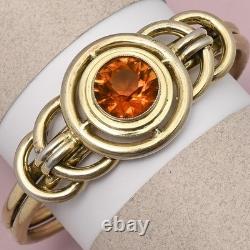
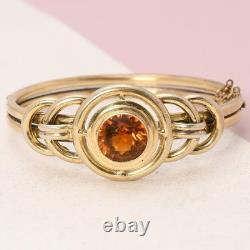
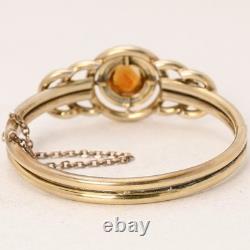
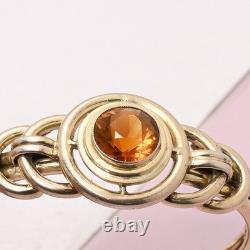
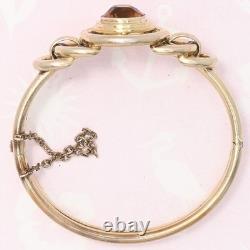
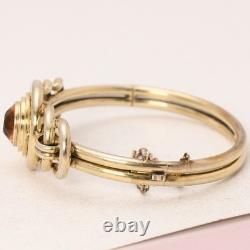
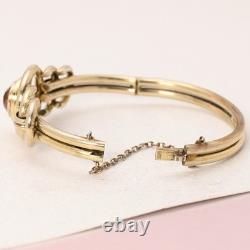
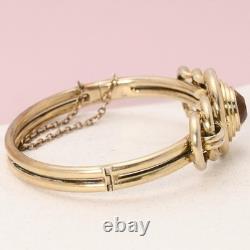



This 1930s Art Deco bracelet, crafted in sterling silver with a bright gold wash, draws the eye straight to its brilliant-cut glass focal point-flashing marigold and fire hues and open at the back to catch the light from any angle. Sleek and full of shine, it's crafted to glow with your every move. Bright patina with minor surface wear to the vermeil finish. Fresh sheen, crisp facets, and no chipping on the glass. Secure, original clasp and safety chain.
On Glass Made to Emulate Gemstones. Glass has long been used by jewelers to simulate natural gemstones.
For instance, during the Georgian era, black dot paste is a term that refers to a style of glass that was made to simulate the sparkle of natural diamonds. But in the 1940s, the use of glass to simulate gemstones ramped up more than ever before.
World War II constrained both fine materials and pocketbooks, so more and more designers (including high-end designers) focused on glass to re-create the distinctive properties of different gems. High-end designers thus began making costume glass jewelry - but with the same attention to detail, high craftsmanship, and design skill that was applied to fine jewelry. Art Deco is one of the first truly international styles, that influenced the design of buildings, furniture, fashion and of course, jewelry. The movement was given a name from the international exposition of Arts Decoratifs et Industriels Modernes, that was held in Paris in 1925 and largely dedicated to the jewelry arts.
Born out of ideas of modernism and the Industrial Age, this manifested into designs that used Cubism's bold abstraction and rectilinear shapes and combined them with intricate patterning, bold color and symmetry. High-end jewelry design houses like Cartier and Boucheron set the trends in gold and gemstones, which were then emulated by costume jewelry companies in glass or perhaps plastics, and brought to the masses._gsrx_vers_1714 GS 9.9.2b4 (1714).

